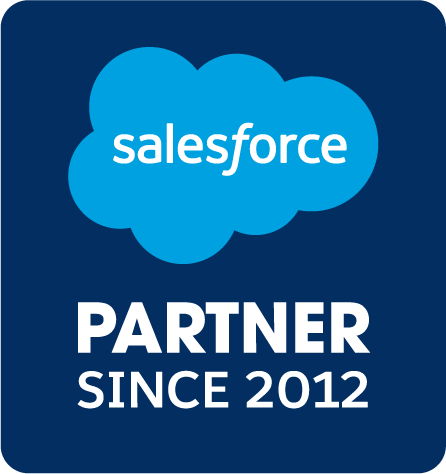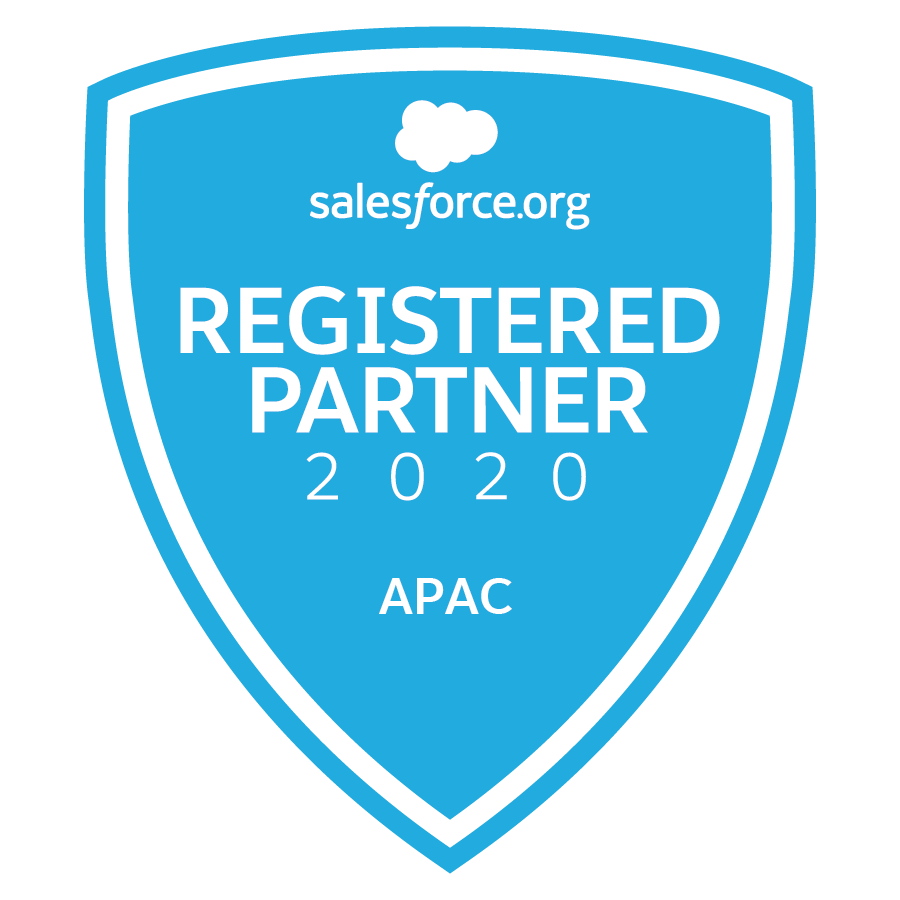We are all, it is said, creatures of habit. Our minds and bodies are supposed to fall into patterns of behaviour to help us get through the day alive and functioning. But some are better at habits than others.
For some, habits are as hard to make as they are to break.
Consultants often fall into the category of people that love a good habit: I know where my wallet is because I always put it in the same spot in my bag; I know what we’re having for dinner because my habit is to plan the week’s meals on a Saturday morning; I (typically) deliver to a deadline because my habit is to plan for the week; and so on. Sometimes we turn those habits into “processes” which we expect other people to follow, and then wonder why they don’t.
We most definitely are NOT all creatures of habit, so how should we approach change for people who find habits/processes/routines hard?
My daughter does hours of gymnastics each week: lots of repetition, routines (in all senses of the word!), and habits. Her dream is to head to the Brisbane Olympics in 2032 (assuming Brisbane wins!) to compete, but she’s rubbish at habits. Her gym bag is a chaotic mess, she forgets (almost) everything, and needs “scaffolding” to help her get through the day. That’s not just because she’s a kid, it’s also because she has ADHD. Habits and routines for her would be supremely helpful, but she finds it hard to establish them.
On the plus side (and there are plenty of plusses!), once she’s got something, it’s there for life. And she can be super speedy once she knows what she’s supposed to be doing.
But habit is not her friend.
Those around her work hard to help her define habits, patterns of behaviour, that will help her succeed. Gradually over time, she is learning to do this herself, but it’s likely that she will always need to work harder than others to find the things that work for her and turn them into habits.
The fact that we are all different, whether we have ADHD or not, is abundantly clear when we look at how differently we manage our to-do lists. Some of us keep it all in our heads, others use online tools like Asana or Wunderlist, some stick with paper and pen (I personally favour a post-it note and three-week planner approach that I’m sure drives my colleagues mad!).
Whatever our preferences though, when it comes to working in a team, we need to compromise. We need to understand that there’s an agreed, shared way of doing things that means we can collaborate well and deliver to a deadline.
When we define a shared business process, the best outcome is obtained when there’s a sense of ownership, collaboration and trust in that definition. Few respond well when change is thrust upon them.
So what are the best ways to ensure people and process change is managed well when it comes to delivering successful Salesforce projects?
Outside of the standard models for delivering change (like ADKAR or Kotter), I think there are 3 key things to consider:
- Understanding Personality types
- Accommodating difference
- Continuing to recognise diversity
Personality Types
As we’ve discussed, how people operate can vary enormously. Our preferences and approaches to getting the job done are as unique to us as our fingerprints. But identifying common themes can help.
At SalesFix, we use DiSC profiles to understand each other. These profile assessments aren’t about judgement, they’re about understanding how different people work. Once you understand, you can acknowledge and adapt. Understanding what motivates people, and perhaps more importantly, what creates stress for a person, is critical to understanding how to deliver change for that person.
Profiles can also help understand conflict that might arise in an organisation around change: where some see opportunity and get excited as a result; others see threats and react accordingly. Understanding both responses means you can bring people together and get to a common outcome.
Accommodating Difference
Having assessed and acknowledged the differences in your teams both as a result of personality types and any medical diagnosis, accommodating those differences is key. And those accommodations need to be across the whole of the change lifecycle, not just training. For example, using different communication styles and channels; using different forums and methods for providing feedback or raising concerns; including a range of people in workshops to define process change; and so on.
Involving a range of people in the process of defining your process change is also critical! If I was to define a change management process for an organisation, it wouldn’t necessarily take into account the needs of those who aren’t list makers, for example. It wouldn’t take into account those who like to read information, as opposed to those who like to watch videos. It wouldn’t take into account those for whom change is hard. It takes a lot to understand and empathize with all the different types of people out there and build a change management program accordingly.
Continuing to Recognise Diversity
Whilst the main thrust of this blog has been about delivering change, it is also important to recognise and welcome people’s differences during the everyday work environment. If we insist on conformity and uniformity, we stifle creativity and originality. It’s a fine line between that need for consistency and collaboration and dogma.
For example, if you have an organisational-wide task/project management tool, it is reasonable to insist that people in your organisation use it. But it might not be the only tool they use to manage their day. And that needs to be OK. As long as the business outcome is achieved, as long as deadlines are met and those in the team understand where each person is at with their tasks, then how those tasks are managed at the micro-level should be irrelevant.
In summary, next time you’re planning change within your organisation, make sure you understand the impact that change will have on those in your organisation, not just from a practical perspective, but from an emotional perspective too. Recognise the role you can play in ensuring a positive outcome for all involved.






